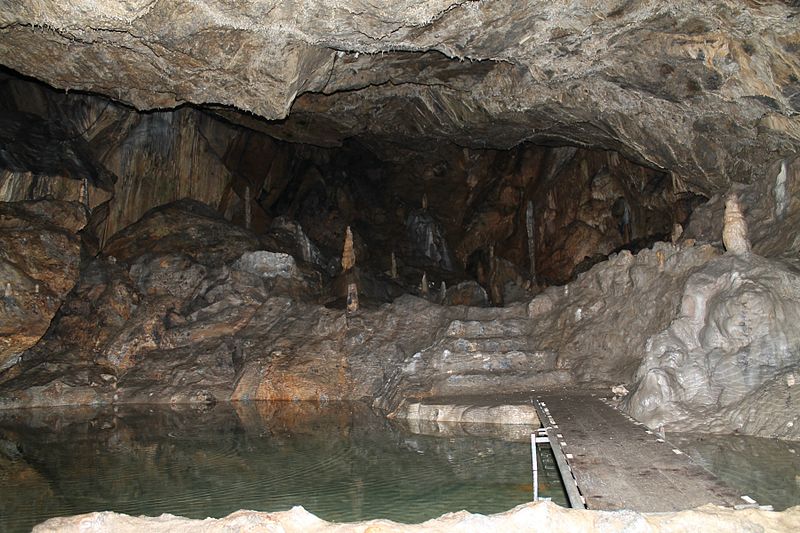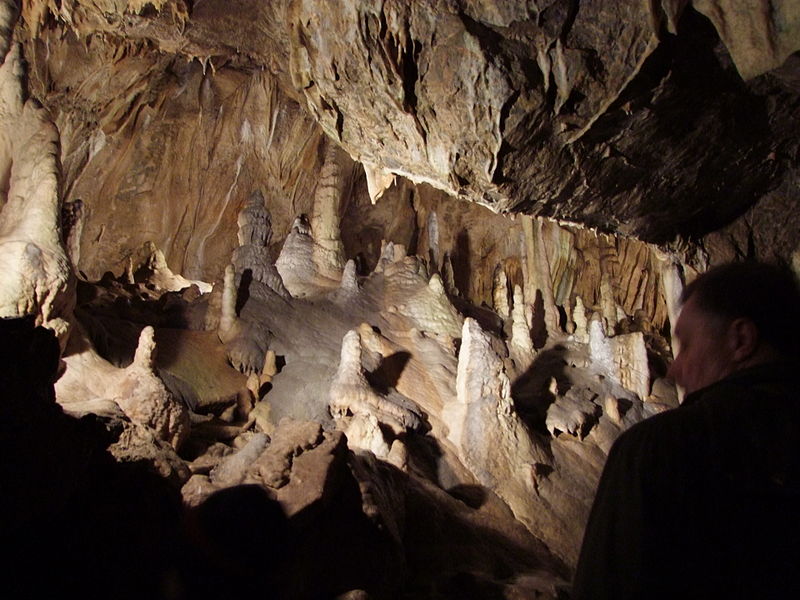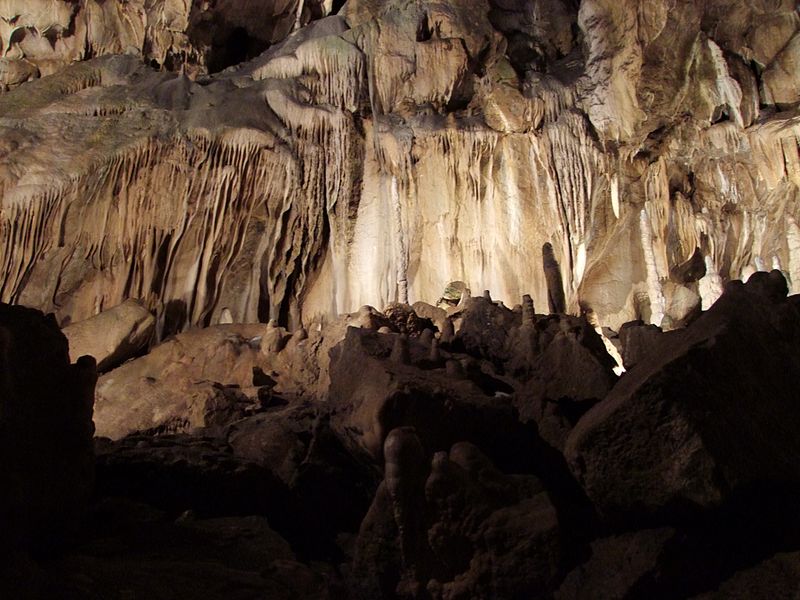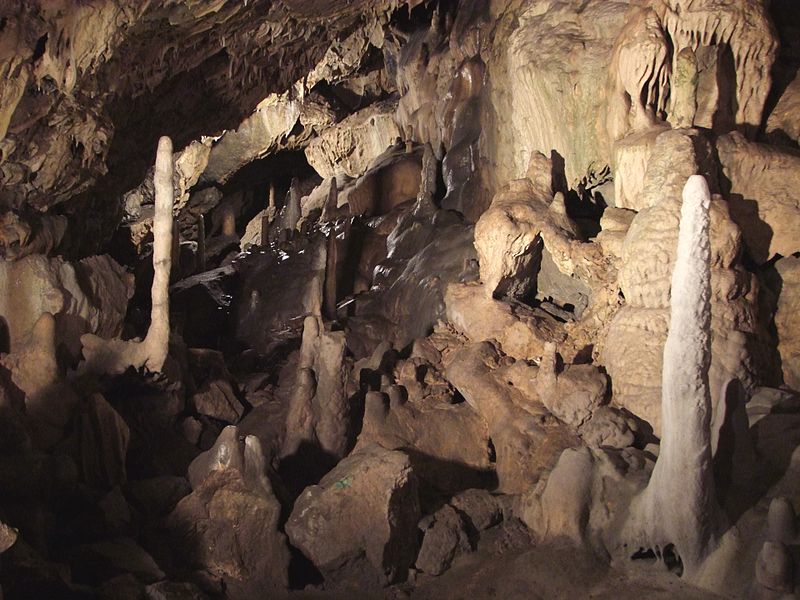Baumann's Cave
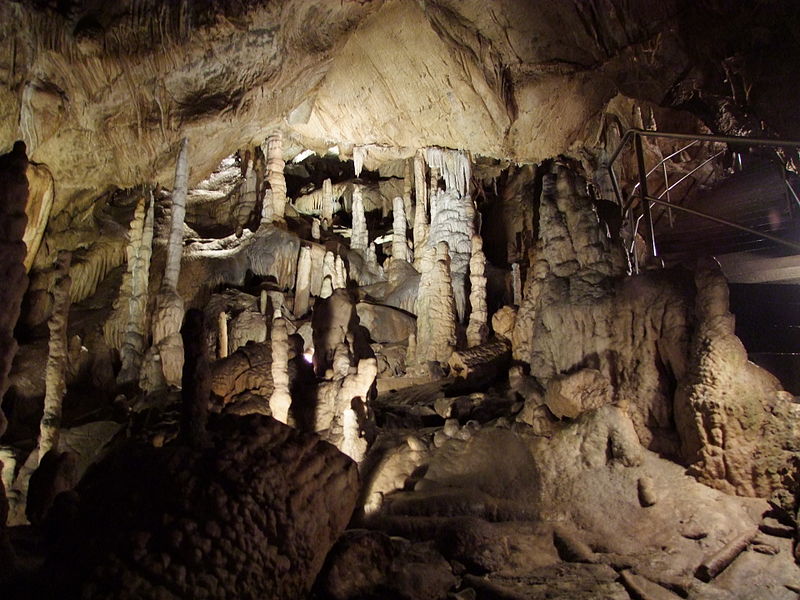
Facts and practical information
Baumann's Cave, located in the Harz Mountains of Germany, is a subterranean wonder that has captivated visitors for centuries. Known in German as Baumannshöhle, this extensive cave system is renowned for its impressive stalactites and stalagmites, as well as its rich history and geological significance.
Discovered in the early 16th century, Baumann's Cave is one of the oldest show caves in Germany. It was named after a local miner, Friedrich Baumann, who stumbled upon the cave while mining for ore. The cave has since become a popular tourist attraction, drawing in thousands of visitors each year who come to marvel at its natural beauty and explore its hidden depths.
The cave's interior features a variety of chambers and passageways, each with its own unique formations. The enchanting "Goethe Hall," named after the famous German poet who visited the cave in 1784, is one of the highlights, showcasing a grand display of sparkling calcite formations that seem to defy gravity.
One of the most striking features of Baumann's Cave is the "Bride and Groom" stalagmite and stalactite pair, which have grown towards each other over countless years, creating a natural sculpture that resembles a couple about to embrace. This natural phenomenon has become a symbol of the cave and is a must-see for visitors.
Baumann's Cave is not only a natural wonder but also a site of paleontological interest. The cave has yielded numerous prehistoric artifacts and remains, including the bones of cave bears and other Ice Age animals, providing valuable insights into the region's distant past.
Guided tours are available, offering a safe and informative way to experience the cave's wonders. The constant cool temperature inside the cave provides a refreshing escape from the outside world, making it an ideal year-round destination.
Baumann's Cave – popular in the area (distance from the attraction)
Nearby attractions include: Königshütte Waterfall, Hermann's Cave, Königshütte Dam, Königsburg.


